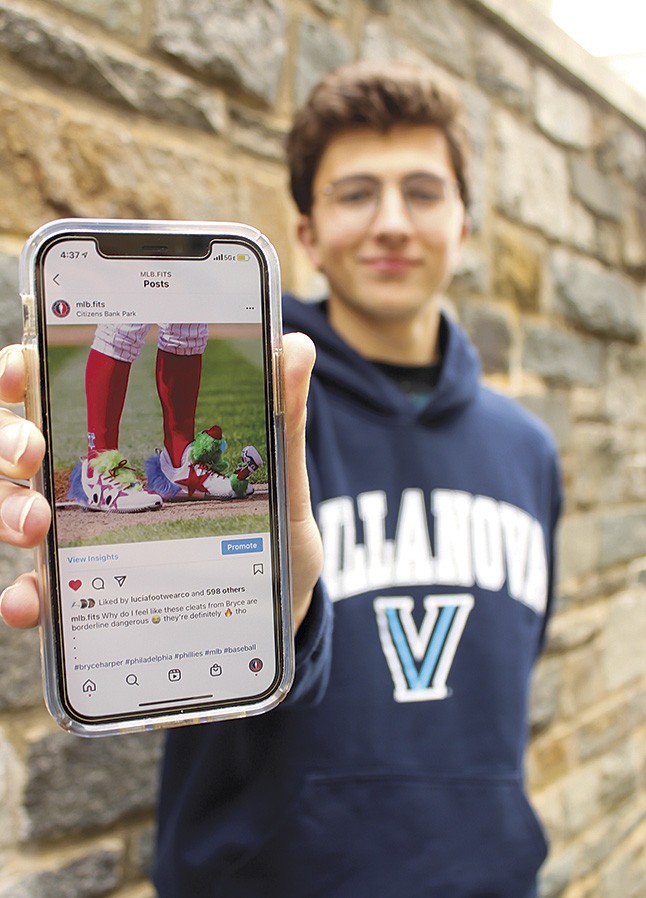
Major League Baseball players have their eye on this undergrad’s efforts to highlight America’s favorite pastime on Instagram

A lifelong baseball fan, Alex Tantum ’22 wanted to find a way to increase the sport’s appeal for a younger and more diverse fanbase. Launching the Instagram account @mlb.fits in fall 2019, he set out to make America’s favorite pastime cool again by highlighting the culture, fashion and personality of Major League Baseball players on and off the field.
In just two years, he has amassed more than 30,000 followers, including Major League legends CC Sabathia and Adam Jones.
The success of his account demonstrates his talent for marketing and willingness to constantly learn and put in the time. Alex highlights the three tenets that have attracted new baseball fans and pro players alike:
Engage Your Following
Alex’s strategy for success started simply enough: “I would direct-message MLB players trying to persuade them to follow my account,” he says. Growing by word of mouth, players eventually started telling other players and posting Alex’s content to their own Instagram feeds. Now, he regularly collaborates with players on giveaways like customized cleats and signed baseballs.
Create Quality Content
In addition to carrying a full course load in Villanova’s College of Liberals Arts and Sciences, Alex spends about two hours working on the account each day. Part of that time involves creating the right content to maximize user engagement: daily polls; photos of celebrities throwing out ceremonial first pitches; and posts featuring the game’s most fashionable players, like Bryce Harper, Marcus Stroman and Fernando Tatis Jr. “Those drive the most likes, comments, shares,” says Alex.
Be Authentic
Alex contends that baseball players showing emotion is good for the sport. “Those who play with their hearts on their sleeves attract more attention to the game,” he says. “Players being their authentic selves resonates with people more.”
Read the next story
The History Keeper
A Graduate History student contributes to a more complete picture of essential workers’ pandemic experiences for future researchers

